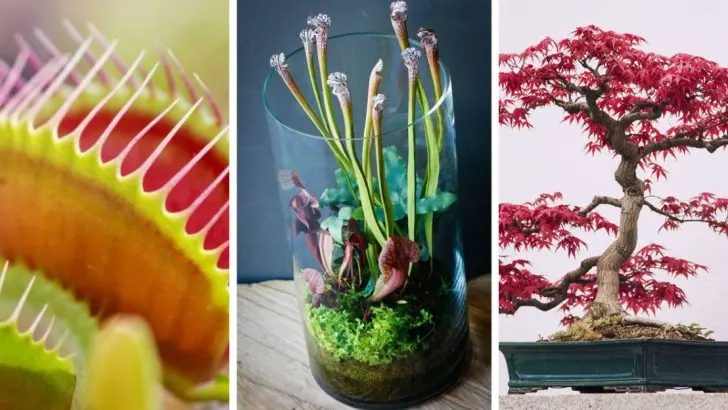There’s no denying it—some plants are absolute showstoppers. Unusual shapes, striking patterns, rare colors… they turn heads without even trying. But those looks often come with strings attached. High humidity, filtered light, picky watering routines—these are the divas of the plant world, and they know it.
They’ll reward you with jaw-dropping beauty, but only if you’re ready to commit. Skip a misting or let the soil dry just a bit too long, and they’ll let you know they’re unhappy. Here are 13 exotic plants that bring the drama in every sense—stunning to look at, but definitely not low-maintenance.
Venus Flytrap
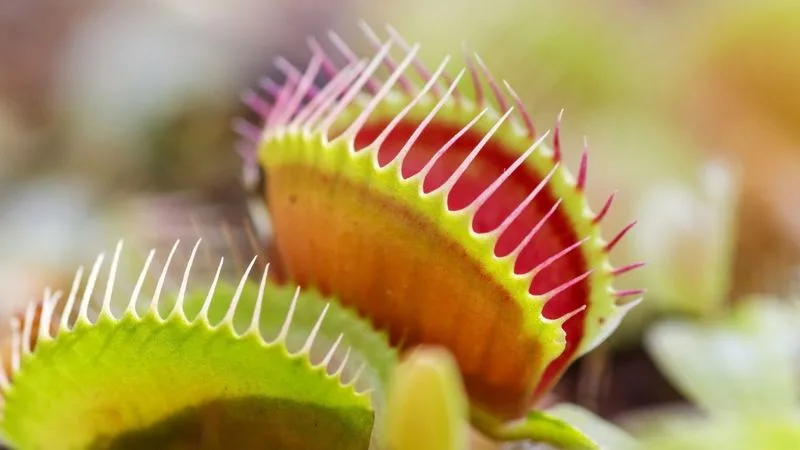
The Venus Flytrap, with its iconic jaw-like traps, captures more than just insects; it captures the imagination. Its delicate balance between trap and tender green leaves offers a visual feast. Native to subtropical wetlands, this plant requires a constant supply of insects and distilled water to thrive. Its environment must mimic the humid conditions of its natural habitat. Fascinatingly, each trap can only close a few times before it withers, emphasizing the need for careful feeding. Despite its carnivorous nature, the Venus Flytrap is fragile and demands meticulous care. Bring a touch of the wild indoors with this unique specimen.
Orchid
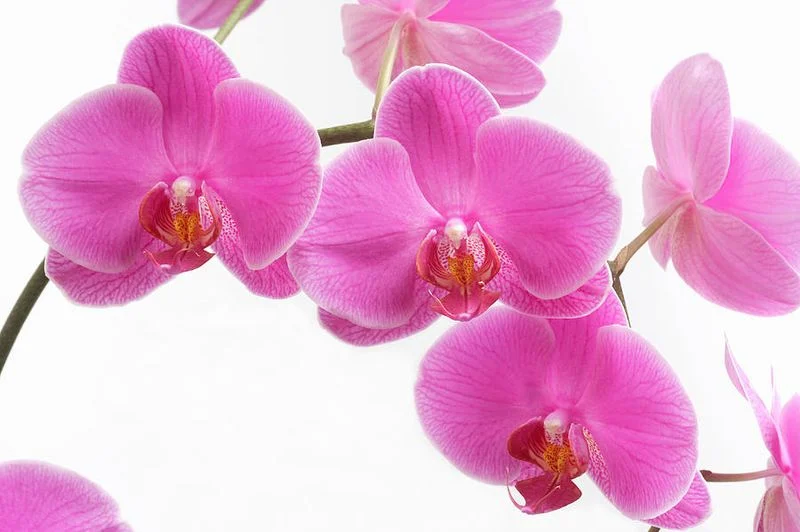
Orchids are the crown jewels of the plant world, renowned for their diverse colors and intricate patterns. However, their beauty comes at a price. These tropical beauties require precise conditions: bright, indirect sunlight and high humidity. The roots must be kept airy, demanding a special potting mix and watering technique. Orchids can be finicky, dropping blooms if stressed, yet rewarding patient care with stunning displays. Their elegant blooms can last for weeks, transforming any space into a tropical paradise. For those who welcome a challenge, orchids offer unmatched elegance and serenity in every petal.
Pitcher Plant

The pitcher plant, with its deep-red, tube-like leaves, beckons insects into its trap like a siren’s song. This carnivorous plant requires careful attention to moisture and humidity, thriving best in terrariums. Its unique feeding mechanism—digesting prey in its fluid—fascinates and repels in equal measure. Pitcher plants need a balance of filtered water, high humidity, and bright, indirect light to flourish. Despite its alluring appearance, the plant’s care demands commitment. Enthusiasts willing to meet its needs are rewarded with a botanical marvel that captivates with both beauty and intrigue.
Fiddle Leaf Fig
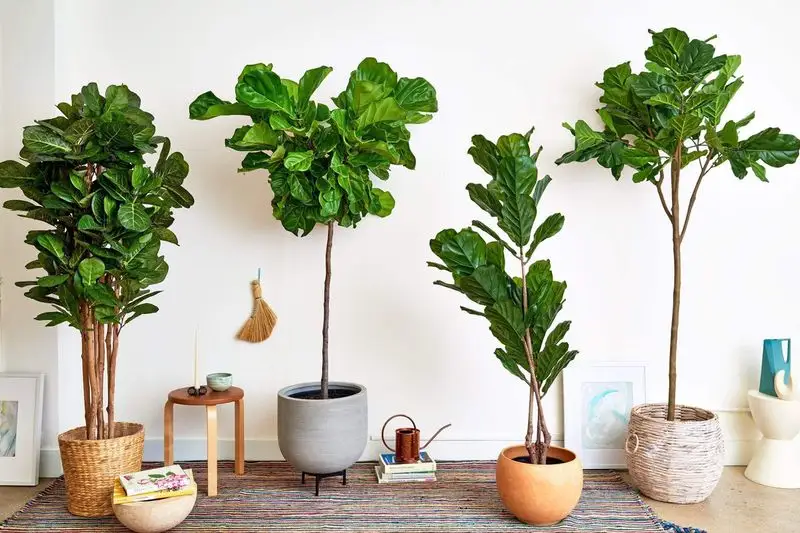
Fiddle Leaf Figs have become a symbol of modern interior design, gracing homes with their large, glossy leaves. Yet, maintaining their lush appearance requires diligence. These plants need consistent watering, sensitive to both over and under-watering. Bright, filtered light is essential for their growth, while drafts and dry air can be problematic. Fiddle Leaf Figs reflect the care they receive; dull leaves or stunted growth signal distress. For those who master the balance, these plants transform spaces with their dramatic form and vibrant green. A touch of the tropics, they bring elegance and a modern aesthetic to any home.
Bonsai Tree
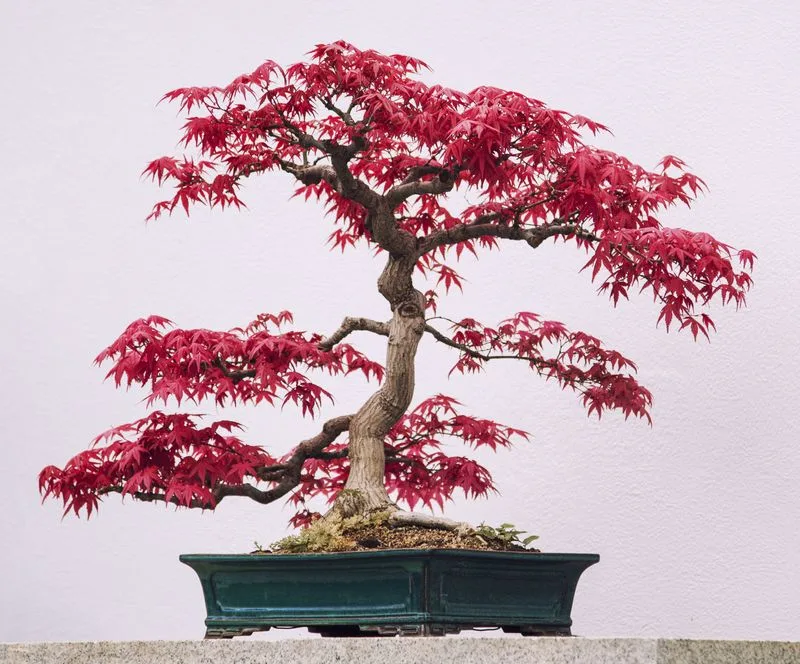
Bonsai trees represent the art of patience and precision, each one a living sculpture shaped over time. These miniature trees demand meticulous care, including precise watering, pruning, and positioning. Root health is paramount, and they require specific soil mixtures to thrive. Bonsai enthusiasts often form a deep connection with their trees, seeing them as both a challenge and a companion. Despite their small size, bonsai trees bring a sense of tranquility and artistry, capturing the essence of nature in miniature form. Cultivating a bonsai offers a meditative escape and a unique artistic pursuit.
Jade Plant
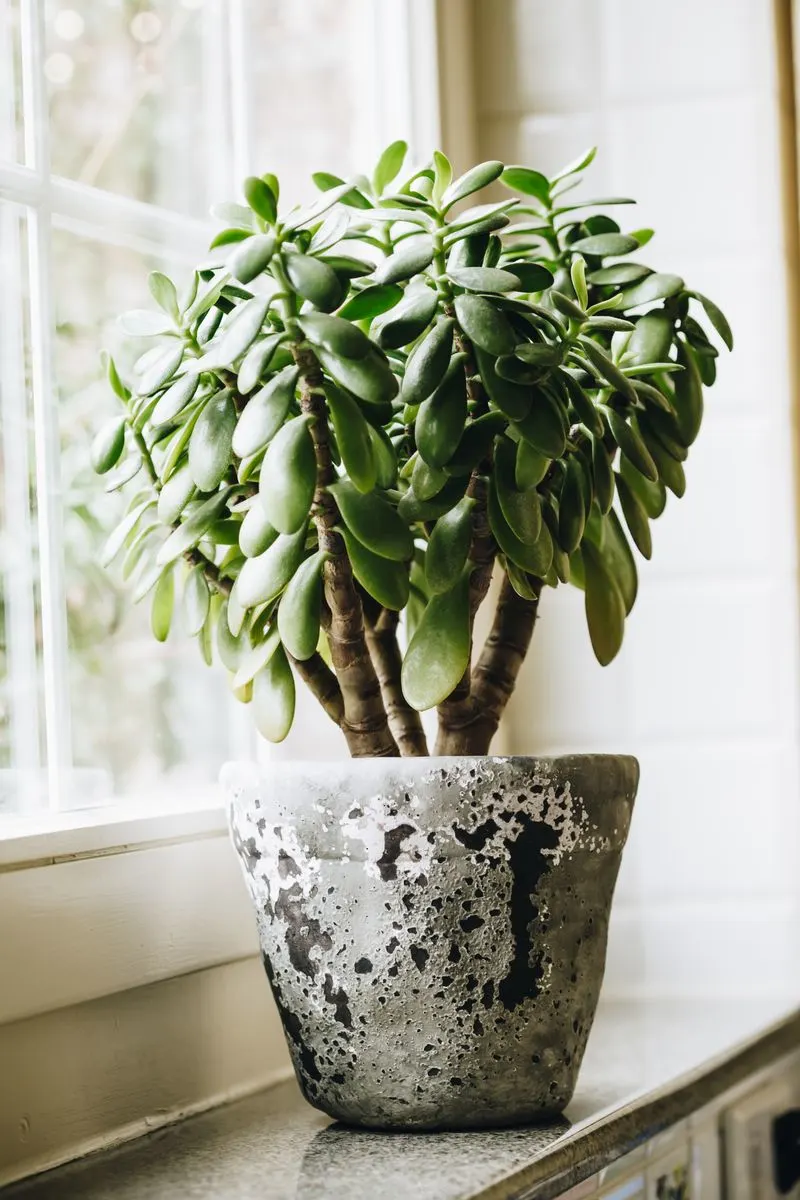
The jade plant, with its thick, succulent leaves, symbolizes prosperity and good fortune. This hardy plant is deceptively demanding, requiring well-draining soil and careful watering to prevent root rot. Bright, direct sunlight is crucial to maintain its vibrant green color and compact form. Despite their reputation as low-maintenance, jade plants suffer if neglected, needing regular attention to thrive. They grow slowly, encouraging patience and care over time. With proper care, these plants can live for decades, becoming cherished family heirlooms. A jade plant offers a touch of green elegance, combined with a promise of longevity and prosperity.
Bird of Paradise
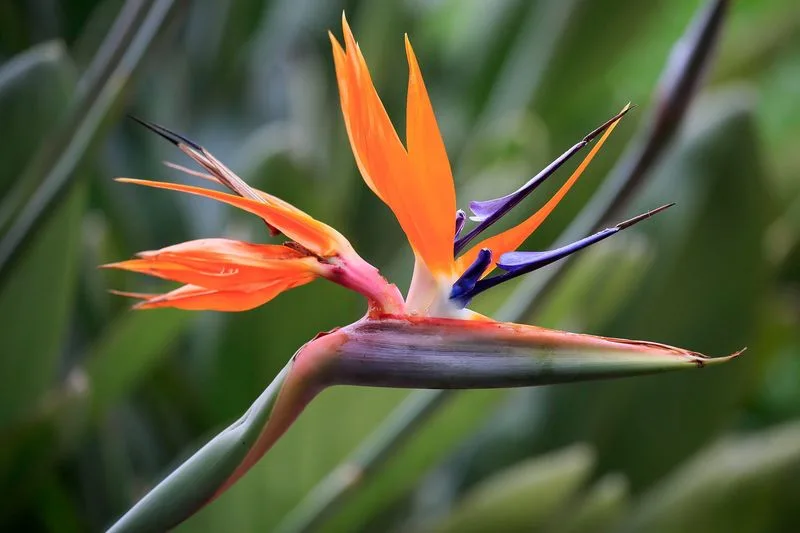
The Bird of Paradise, with its striking orange and blue flowers, evokes a sense of tropical allure. This plant thrives in bright, indirect light and needs a warm, humid environment to bloom. Regular misting and careful watering are essential to maintain its lush foliage. Despite its exotic appearance, the Bird of Paradise can be temperamental, dropping leaves if conditions are not ideal. When cared for correctly, it rewards with vibrant blooms that resemble a bird in flight. This plant brings a slice of paradise indoors, offering a vibrant display that captures the spirit of the tropics.
Maidenhair Fern
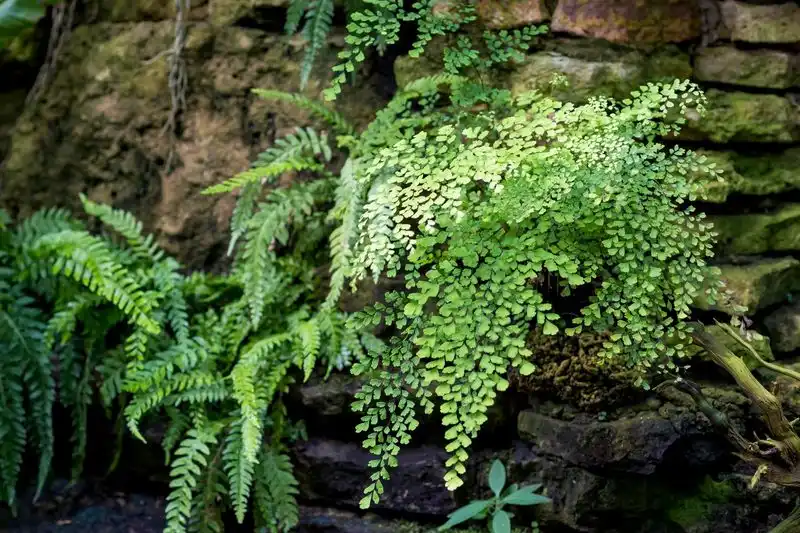
Maidenhair Ferns, with their delicate, lacy fronds, offer a soft touch of greenery that’s as enchanting as it is challenging. These ferns demand constant moisture and high humidity, wilting quickly if their needs are unmet. Despite their fragile appearance, they require rich, well-drained soil and indirect light. Their care can be daunting; they flourish under the watchful eye of a dedicated gardener. Those who embrace the challenge are rewarded with a plant that adds an ethereal quality to any indoor space. A maidenhair fern brings a piece of woodland charm into homes, inviting nature’s grace inside.
Calathea

Calatheas, with their vibrant, patterned leaves, are living works of art that demand a curator’s touch. Known for their unique leaf movements, these plants respond to light, opening and closing like nature’s clock. Calatheas require high humidity, warm temperatures, and distilled water to prevent leaf browning. The soil must remain moist but not soggy, a balance that requires careful observation. Despite their demanding nature, calatheas reward attentive care with striking foliage that enhances any room. For those who embrace the role of caretaker, these plants offer an ever-changing tapestry of colors and patterns to admire.
Alocasia

Alocasia, often called Elephant Ear plants, stand out with their bold, arrow-shaped leaves and striking veination. These dramatic plants require high humidity and indirect light to maintain their vibrant appearance. Alocasia is sensitive to overwatering, needing well-draining soil to prevent root issues. Their impressive foliage makes them a popular choice for plant enthusiasts willing to provide the attentive care they demand. With the right conditions, alocasia can become a dramatic focal point in any room. They offer a touch of the exotic, transforming indoor spaces with their lush, bold presence and distinct architectural form.
Hoya Kerrii

Hoya Kerrii, also known as the Sweetheart Plant, enchants with its distinctive heart-shaped leaves. This plant is a symbol of love and patience, growing slowly but steadily. It thrives in bright, indirect light and requires careful watering; the soil must dry out between waterings. Despite its charming appearance, Hoya Kerrii can be quite particular about its environment. For those who nurture its growth, it offers delightful clusters of star-shaped flowers with a sweet fragrance. This plant adds a romantic touch to any setting, reminding owners of the beauty that comes with patience and care.
Staghorn Fern

Staghorn Ferns, with their antler-like fronds, transform walls into living canvases. These epiphytic plants thrive mounted on wood, resembling their natural growth on tree trunks. High humidity and indirect light are essential for their health. Staghorns require careful misting and occasional soaking, with a keen eye on their feeding needs. Despite their unusual appearance, they bring a sense of nature’s artistry indoors. For those willing to embrace their unconventional care, staghorn ferns offer a unique and striking addition to home decor. They invite a touch of the wild, turning vertical spaces into nature-inspired art.
Lithops

Lithops, often called Living Stones, are remarkable for their stone-like appearance that blends seamlessly into their environment. These succulents are masters of disguise, thriving in bright, direct sunlight and sandy, well-draining soil. Watering must be infrequent and cautious to prevent rot. Lithops’ slow growth and unique look make them a conversation starter for any plant enthusiast. Despite their tough exterior, they require specific conditions to reveal their beauty, blooming with daisy-like flowers. Lithops add a whimsical charm to collections, showcasing nature’s ability to surprise and delight with its clever adaptations.

